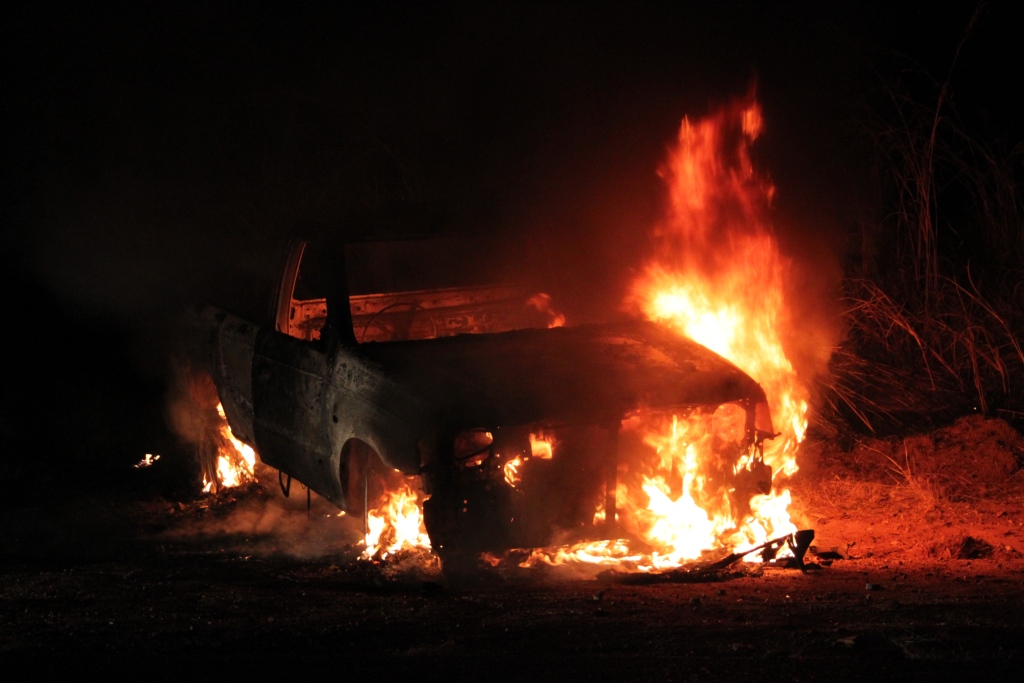We do it every day. We wake up every morning and go about our morning routine before instinctively climbing into our automobile for our daily commute to work. On average South Africans are expected to spend 7220 hours of their life in a vehicle. That’s a total of 300 days an average South Africans will spend on commuting by road.
Bearing that in mind, have you ever considered all of the risks involved in driving an automobile? We all know how dangerous South African roads can be, but what about those risks you never considered or even thought about…like vehicle fires.
Vehicle fires are a definite reality when climbing into an automobile, but one rarely considered or even pondered about by the driver. If you have ever had the experience of having motoring troubles, you would know that feeling of seeing the temperature gauge in the red indicating that the engine is overheating. You then peer over the bonnet to see steam escaping from the front grill of your vehicle. Now imagine peering over the bonnet and seeing flames spewing from the front of your vehicle. What do you do?
A motor vehicle contains quite a few materials capable of fuelling a fire. Flammable materials such as: rubber, leather and other combustibles such as petrol and oil are capable of deteriorating a vehicle to nothing more than something resembling a dried out exoskeleton. A vehicle’s electrical system and battery resembles a unique hazard itself. Hydrogen gas developed from the electrolysis reaction can ignite causing a fire.
Scary stuff! However, there is some good news. Vehicle fires are mostly isolated to the engine compartment by means of a fire wall preventing the spread of the fire into the driver and passenger compartment. Never the less, the complete shock of seeing flames coming from under the bonnet may send most motorists into a total state of confusion and panic.
ER24 would like to advise motorists to do the following should they be confronted with a vehicle fire:
• In the event that the vehicle is still moving, calmly indicate a lane change and bring the vehicle to a complete stop at the side of the road.
• Switch off the vehicle completely and remove the keys from the ignition.
• Calmly exit the vehicle paying attention to oncoming traffic, do not rush!
• Help any passengers to exit the vehicle safely.
• Move yourself and your passengers a safe distance away from the vehicle. Keep any onlookers away from the vehicle.
• Notify the emergency services and warn any oncoming traffic of the hazard.
• Do not attempt to put out the fire yourself unless you are in the possession of a fire extinguisher and know how to use it safely.
Emphasis should be made on the last step, as attempting to control or extinguish the fire may result in severe injuries. Opening the bonnet of a vehicle, which may be on fire, can be very dangerous as the sudden rush of air onto the flames can cause the fire to intensify rapidly.
Remember that your own safety and the safety of your passengers outweigh any material possession in the vehicle, or that of the vehicle itself. Remain calm and follow any instructions given by the emergency services.
Andre Visser, ER24
Also view:
